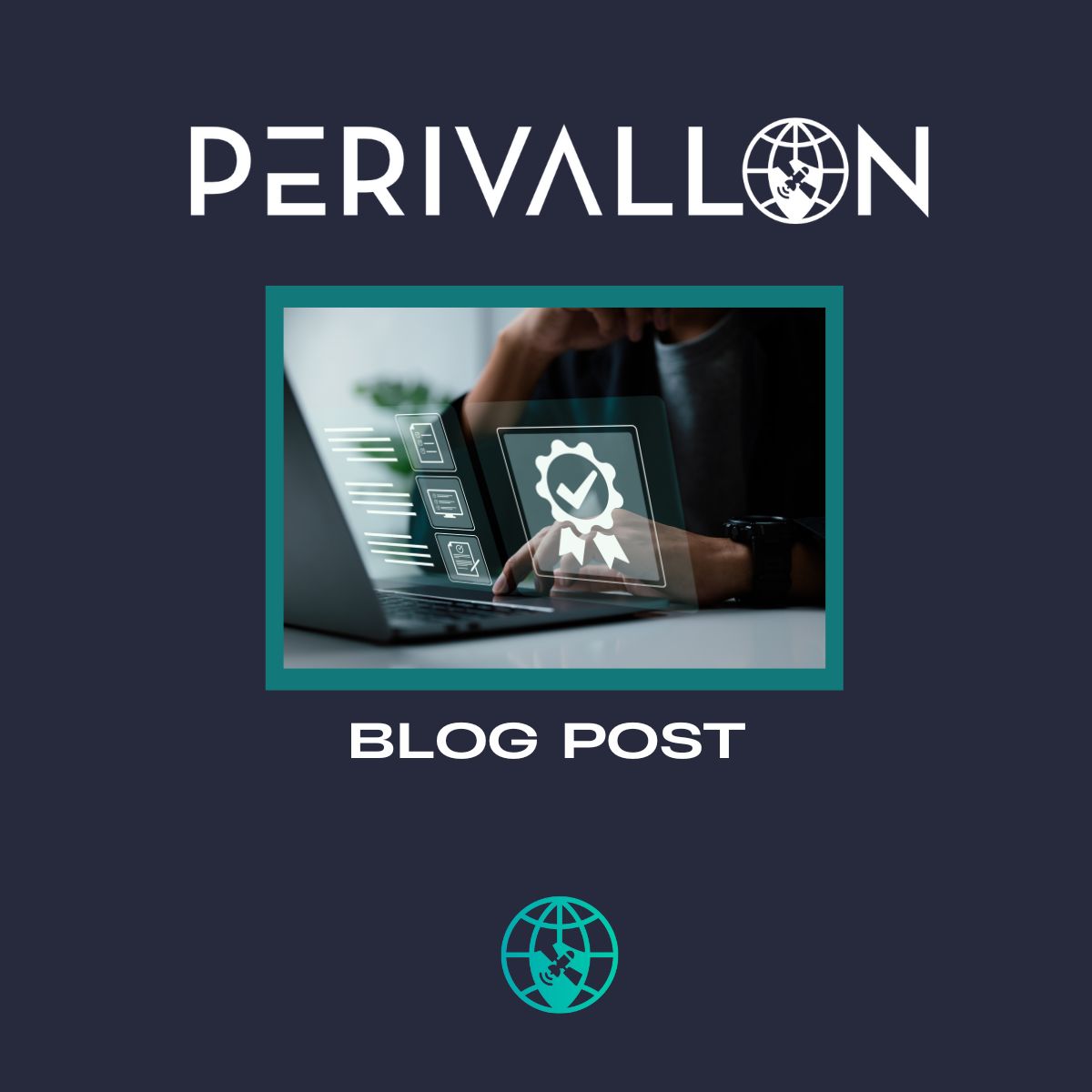Environmental crime—ranging from illegal dumping and pollution to trafficking hazardous substances—is a global threat requiring coordinated action. Yet, one of the most significant obstacles to achieving such coordination is the lack of standardisation. Standardization involves creating shared guidelines and specifications to ensure consistency and interoperability. In the fight against environmental crime, it helps align technologies and procedures across agencies, enabling smoother cooperation and more effective outcomes.
The PERIVALLON project has identified a series of persistent challenges that underline the need for unified practices. A project-wide survey involving policymakers, law enforcement agencies, research institutes, industry partners, and practitioners highlighted critical areas where standardisation is lacking.
A major challenge is the incompatibility of technologies across jurisdictions. Agencies rely on different platforms and tools for data collection, monitoring, and analysis, leading to fragmented information systems and inefficient collaboration. The lack of standardised formats prevents real-time coordination between prosecutors, investigators, and forensic teams.
Equally pressing is the issue of coordination and cooperation between agencies. Environmental crimes rarely stop at borders, yet the agencies tasked with addressing them often operate in silos, constrained by different legal frameworks and protocols. Without standardised protocols, efforts to monitor and prevent such crimes remain limited.
Risk management is another complex area calling for standardisation. Consider the diverse threats—from hazardous waste fires to chemical leaks—each demanding its own risk assessment. Yet without a unified risk protocol, agencies evaluate threats differently, which can delay response times or lead to inconsistent mitigation measures. A standardised approach would improve both prevention and emergency preparedness across agencies and borders.
Capacity building and training add another layer of complexity. Officers and investigators may be well-versed in national procedures, but unfamiliar with the tools or practices used elsewhere. Standardising training and creating shared curricula can ensure everyone is operating with the same baseline knowledge, making collaboration smoother and more effective.
Data collection and management practices also vary widely. The way information is gathered and stored differs between regions and organisations and without clear standards on how to handle data securely and consistently, the risk of losing or corrupting critical evidence increases.
Finally, there’s the overarching challenge of interoperability and integration. The environmental crime landscape is evolving fast, and technologies must evolve with it. Yet integration of new tools requires more than innovation. It requires agreed-upon standards that ensure these tools can plug into existing systems and work cohesively across platforms, agencies, and borders.
To conclude, standardisation is a critical component in the fight against environmental crime. By establishing clear frameworks and fostering collaboration among diverse entities, the PERIVALLON project is paving the way for more effective monitoring, prevention, and enforcement. Continued cooperation and adaptation will be key to staying ahead of emerging environmental crime threats.
Written by Christos Alexis
Hellenic Police
